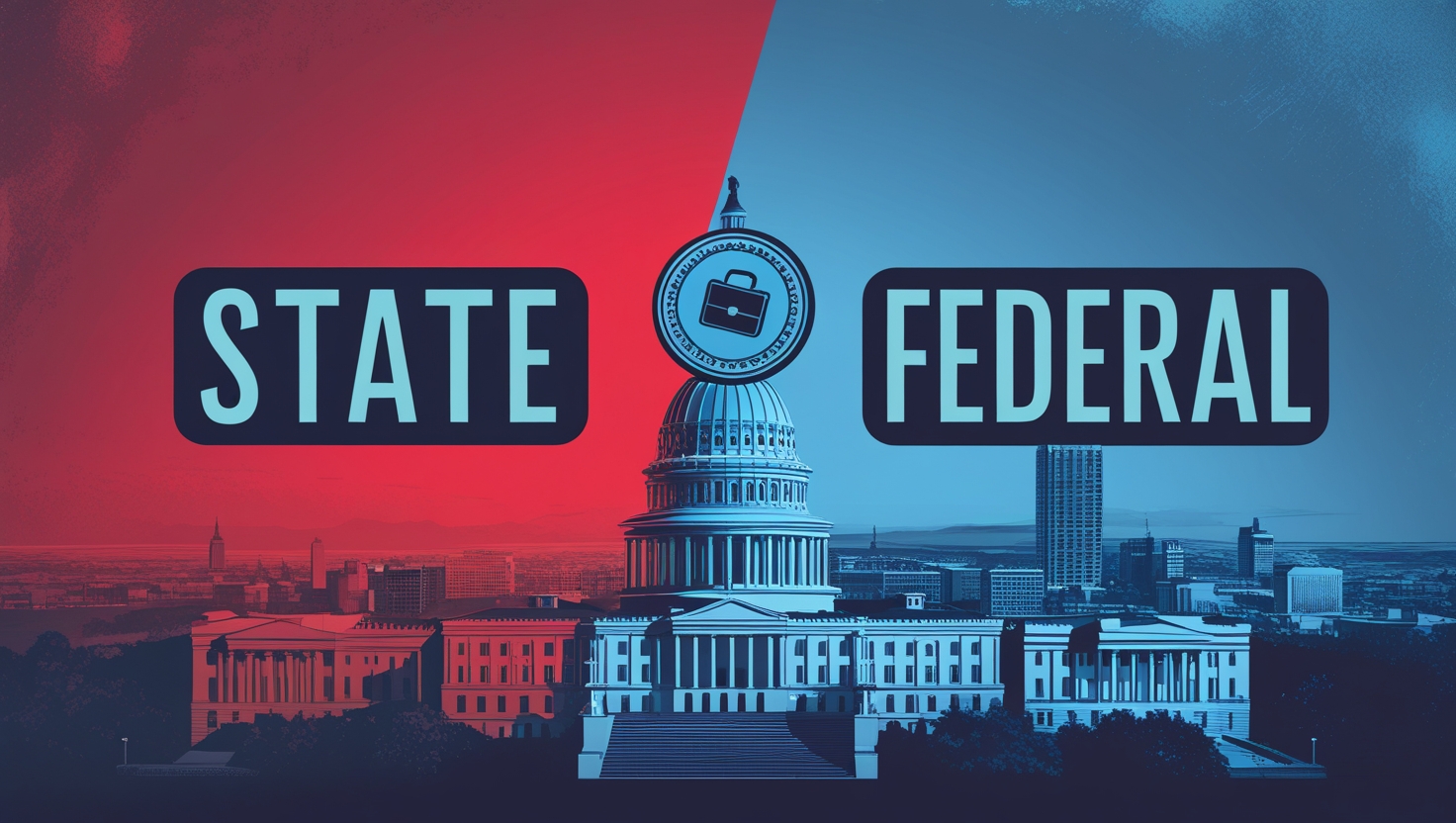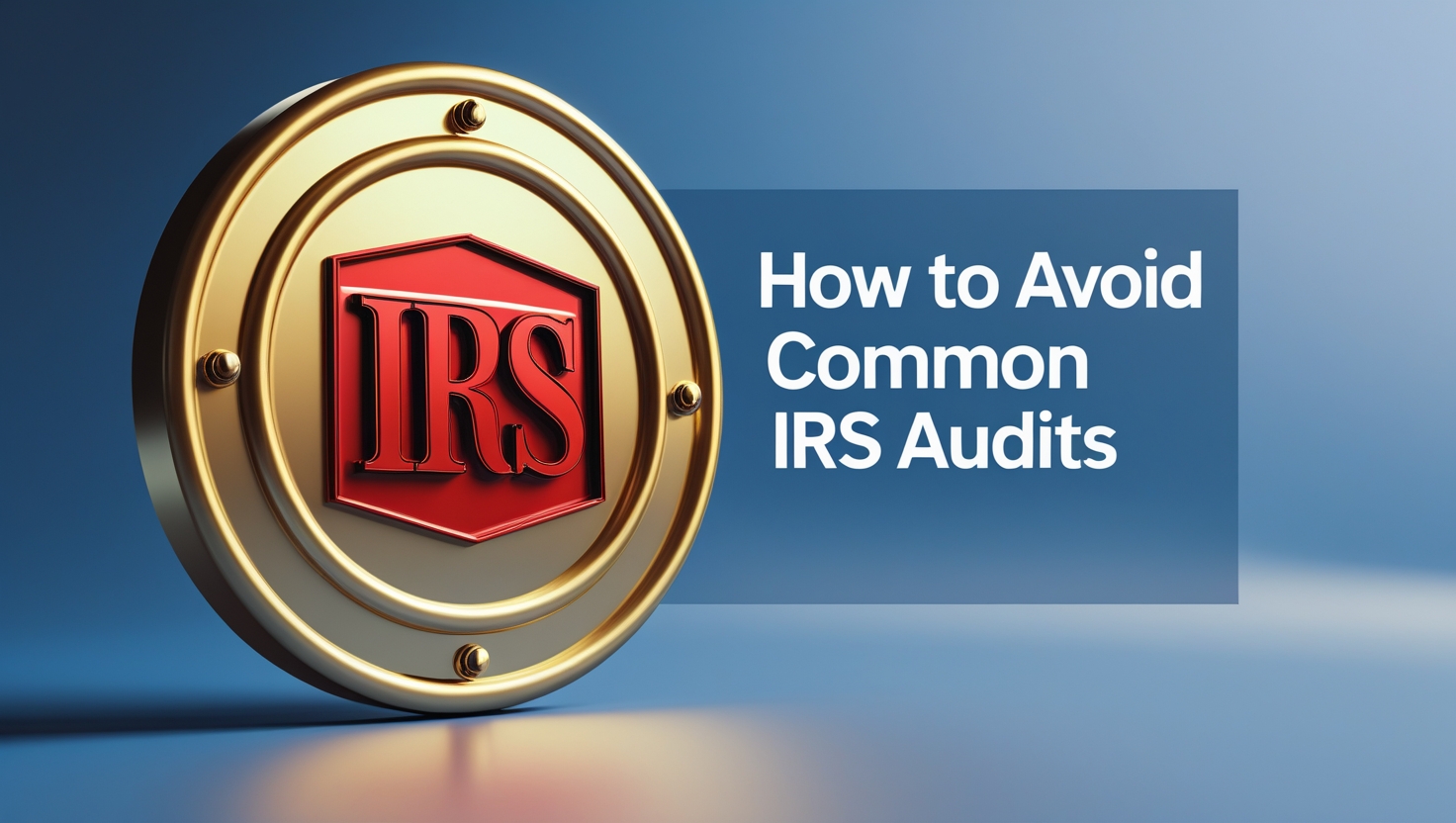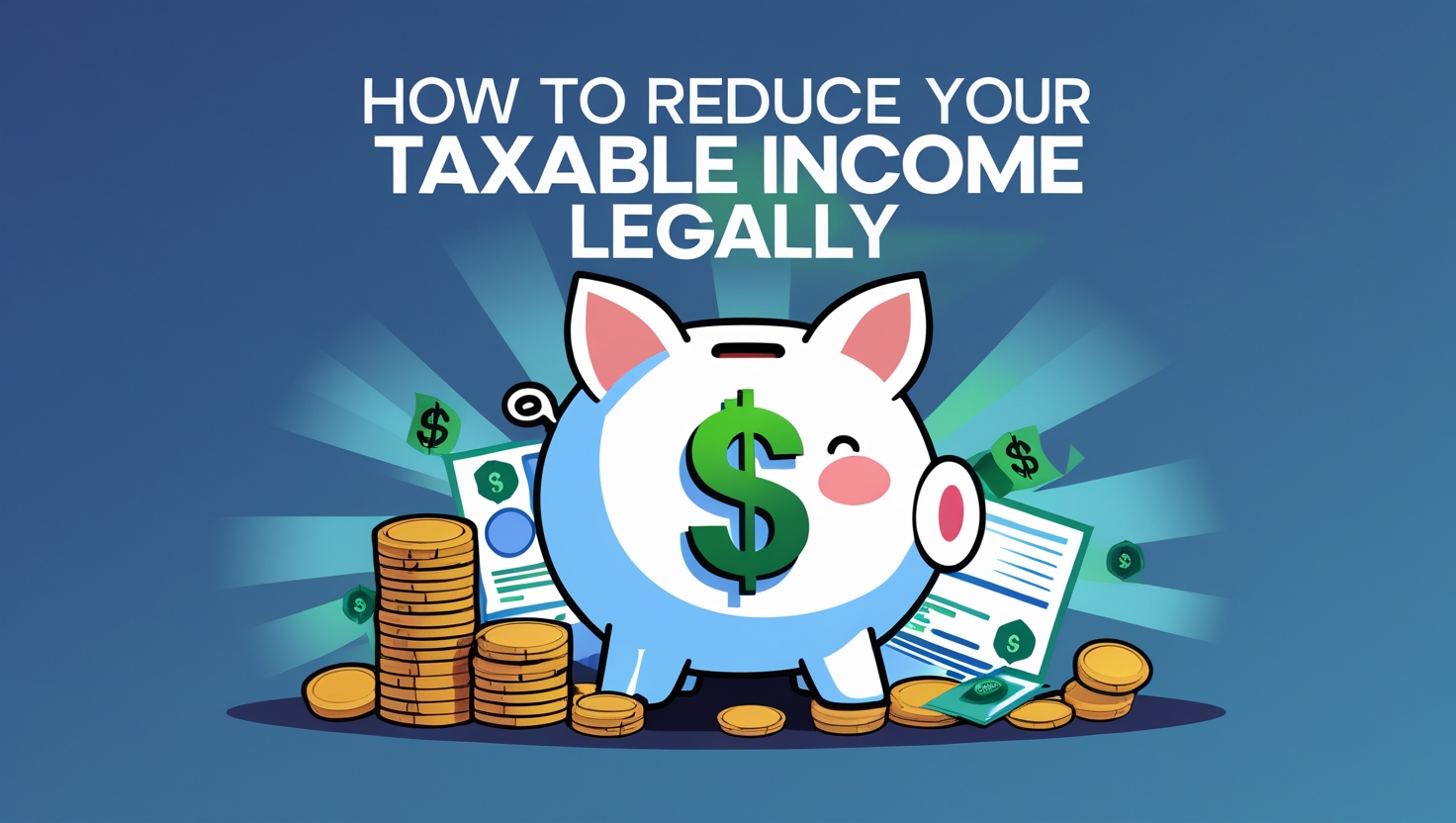Every year, millions of Americans sit down (or, let’s be real, procrastinate until the last minute) to figure out how much they owe the government. But when you start going through the numbers, you’ll see something interesting: there isn’t just one type of tax. Instead, there are two major tax systems in play—state taxes and federal taxes. If you’ve ever wondered what the actual differences are and why you have to pay both, you’re in the right place.
What Are State and Federal Taxes?
Let’s start with the basics. The federal government collects taxes from everyone in the country, no matter what state they live in. This money goes towards things like national defense, Social Security, healthcare programs like Medicare, and infrastructure projects. Every working American (and even businesses) are required to contribute to federal taxes in one way or another.
State taxes, on the other hand, are collected by individual states. Not all states have the same tax rules, and some states don’t even charge a personal income tax at all! The money collected from state taxes is used for things like education, road maintenance, local law enforcement, and state-run healthcare programs.
Key Differences Between State and Federal Taxes
Although both state and federal taxes take a chunk of your paycheck, they function in different ways. Let’s break down the major differences.
1. Who Collects the Taxes?
- Federal Taxes: Collected by the IRS (Internal Revenue Service), a national agency responsible for making sure everyone pays their fair share.
- State Taxes: Collected by state governments, usually through their own tax agencies (for example, the California Franchise Tax Board or the New York Department of Taxation and Finance).
2. Income Tax Rates: Flat vs. Progressive
- Federal Taxes: The U.S. has a progressive tax system, meaning the more money you make, the higher percentage you pay. The tax brackets range from 10% to 37%, depending on your income level.
- State Taxes: Each state does things differently. Some states have a progressive tax system like the federal one, while others charge a flat tax rate (meaning everyone pays the same percentage, regardless of income). A few states don’t have income tax at all!
3. States Without an Income Tax
Believe it or not, there are states where you don’t have to pay income tax at all. These states include:
- Alaska
- Florida
- Nevada
- South Dakota
- Texas
- Washington
- Wyoming
Tennessee and New Hampshire also don’t tax earned income, though they do tax investment income like dividends and interest.
If you live in one of these states, you only need to worry about federal income taxes, which can be a huge financial advantage!
4. What Tax Revenue Is Used For
- Federal Taxes: Fund national programs like Social Security, defense, NASA, and Medicare.
- State Taxes: Pay for things like local schools, state police, road repairs, and public transportation.
In general, federal taxes cover nationwide programs, while state taxes focus more on local services that directly impact residents.
5. Deductions and Exemptions
Both federal and state tax systems offer deductions, but they don’t always align. Some states follow the federal tax code closely, while others have their own rules.
- Federal Tax Deductions: Include things like mortgage interest, student loan interest, charitable donations, and medical expenses.
- State Tax Deductions: Vary from state to state. Some states offer additional deductions for things like property tax payments or college tuition.
How Your Location Affects Your Taxes
Where you live plays a huge role in how much you pay in taxes. If you live in a state with high income taxes (like California or New York), you could end up paying thousands more per year than someone in a state with no income tax. However, states without an income tax often make up for it with higher sales taxes or property taxes.
For example:
- California: Has a top income tax rate of 13.3% but relatively moderate property tax rates.
- Texas: No state income tax, but has higher-than-average property taxes.
- Florida: No state income tax, but higher sales tax and tourism-related taxes.
Filing State vs. Federal Taxes
Filing your federal tax return is required, no matter where you live. However, state tax filing depends on the state. If your state has an income tax, you’ll typically have to file a separate state return in addition to your federal return.
Here are a few key points:
- If you work in one state but live in another, you might have to file two state tax returns (though some states have reciprocity agreements to make it easier).
- Some states require additional forms that aren’t part of your federal tax return.
- State tax deadlines are usually the same as the federal tax deadline (April 15), but some states may have different dates.
Federal Tax Benefits vs. State Tax Benefits
Tax benefits can differ at the state and federal levels. For example:
- Earned Income Tax Credit (EITC): This is a federal credit for low- to moderate-income workers, but some states also offer their own version of this credit.
- Education Credits: The federal government offers credits for tuition and education expenses, and some states offer additional incentives for residents attending in-state schools.
- Property Tax Relief: Some states offer credits or rebates to help lower the burden of property taxes for homeowners.
Conclusion – Understanding Both Tax Systems is Important
At the end of the day, both federal and state taxes impact your wallet. While federal taxes are the same for everyone, state taxes vary depending on where you live. Some states have high income taxes but offer great public services, while others keep taxes low but may have fewer government programs.
If you want to maximize your tax savings, it’s important to understand the differences and take advantage of any deductions or credits you qualify for. Whether you’re planning a move, starting a new job, or just trying to file your taxes correctly, knowing the basics of state vs. federal taxes can save you both money and stress.
So next time tax season rolls around, at least you’ll know why you’re paying what you’re paying!











Leave a Reply